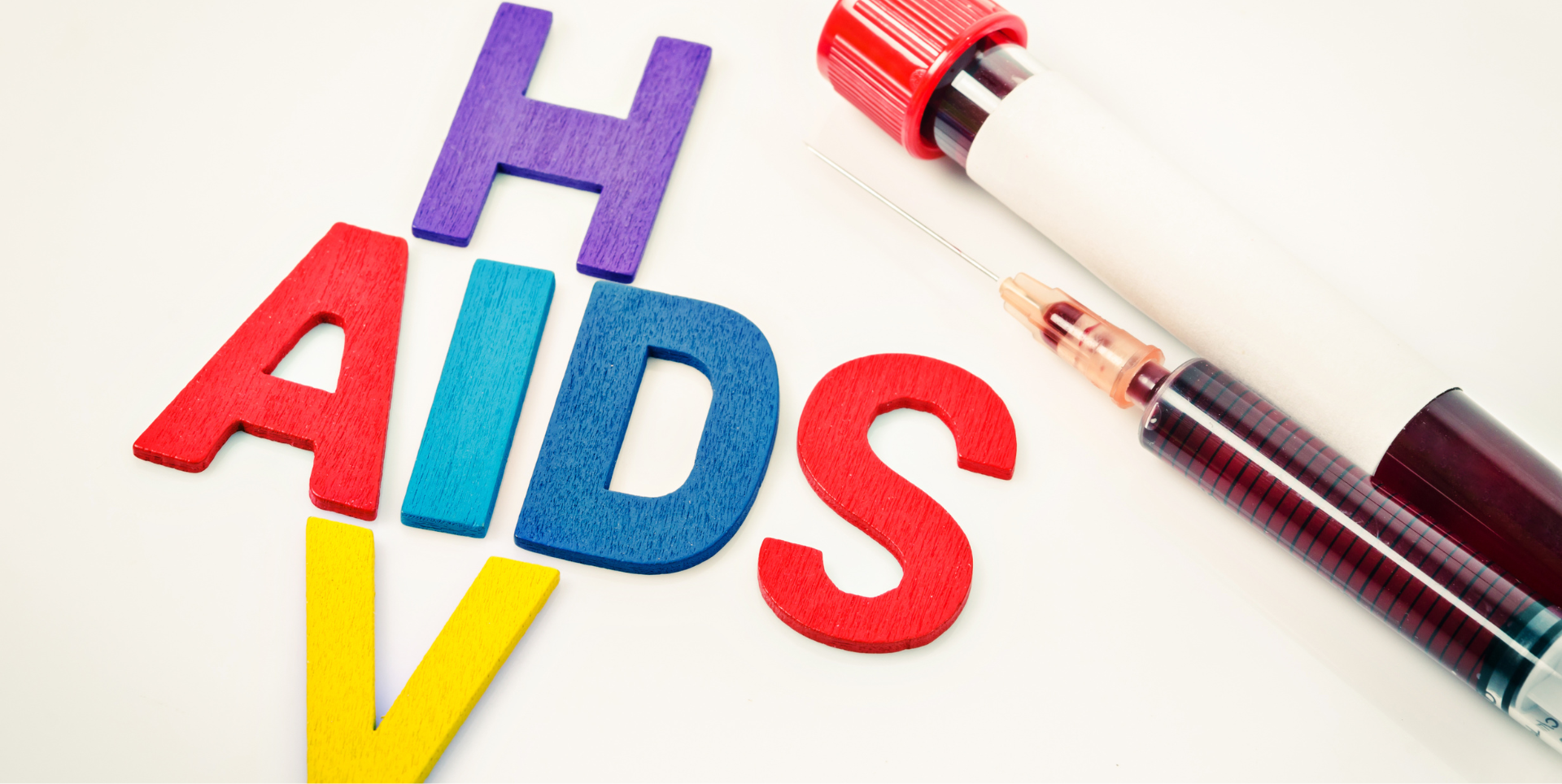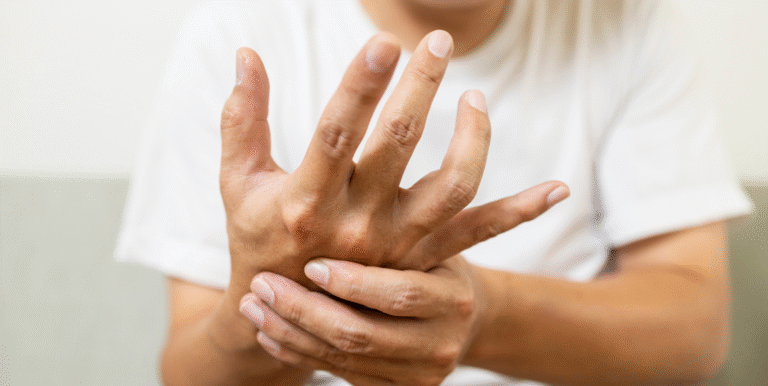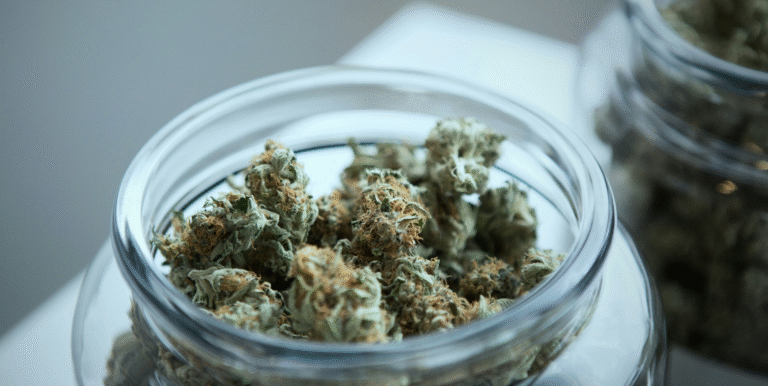Best Cannabis Strains for HIV/AIDS Management

Best Cannabis Strains for HIV/AIDS Management
Living with HIV or AIDS can be complicated. People face many challenges. They have to manage the illness itself. They also have to deal with side effects from their medicines. These medicines are called antiretroviral therapy, or ART.
Some people are looking at cannabis, also known as marijuana. They wonder if it can help with some of the tough symptoms. Things like feeling sick to your stomach, not wanting to eat, pain, or feeling anxious. It’s very important to know: cannabis is not a treatment for HIV itself.
This article will give you information. We will talk about how to choose the best cannabis strains hiv aids management to help with symptoms. We will focus on safety and what we know today. And, we must say right away: talking to a doctor is super important. ART medicines are the main way to treat HIV, and cannabis should never replace them.
Understanding HIV/AIDS
First, let’s talk simply about HIV and AIDS. HIV stands for Human Immunodeficiency Virus. It’s a virus that attacks the body’s immune system. AIDS stands for Acquired Immunodeficiency Syndrome. It’s the late stage of HIV infection, when the immune system is badly damaged.
People with HIV/AIDS, or those taking ART medicines, can have many symptoms. Cannabis might be able to help with some of these:
- Feeling sick to your stomach (nausea) or throwing up (vomiting). This often comes from the ART medicines.
- Not feeling hungry, or losing a lot of weight. This is sometimes called wasting syndrome or cachexia.
- Nerve pain. This is a special kind of pain that can be hard to treat.
- Feeling very anxious or sad (depression).
- Having trouble sleeping.
- Feeling very tired (fatigue). How cannabis helps fatigue is a bit tricky, though.
How Cannabis Components Might Interact with HIV/AIDS-Related Symptoms
Our bodies have a special system. It’s called the Endocannabinoid System, or ECS. Think of it like a body’s helper. It helps keep things like appetite, pain, mood, and nausea in balance.
Cannabis has parts that can work with the ECS. Let’s look at the main parts of cannabis that might help with HIV/AIDS symptoms.
THC (Tetrahydrocannabinol)
THC is a famous part of cannabis. It can be very good at stopping nausea. It can make people feel hungry. It can help with pain. It can also help people sleep and might lift their mood a bit.
But, THC is also the part that can make people feel “high.” So, the amount used has to be watched very carefully by a doctor.
CBD (Cannabidiol)
CBD is another very important part of cannabis. It’s good at fighting swelling in the body (inflammation). It can also help with pain and make people feel less anxious. For some, it might even help with nausea.
CBD usually doesn’t make people feel “high.” Sometimes, it can even make the “high” from THC less strong. Some very early studies in labs (not in people as a treatment) hint that CBD might affect the immune system or viruses. But this is just a tiny hint. It is not a proven treatment, and ART medicines are always needed.
Cannabis also has things called terpenes. These give cannabis its smell, like lemons or pine. They might also help with symptoms.
Limonene
Limonene smells like lemons or oranges. It might help lift mood, ease stress, and could help with nausea.
Myrcene
Myrcene often smells earthy. It’s known for helping people relax, easing pain, and maybe fighting swelling.
Caryophyllene
This one has a spicy, peppery smell. It’s good at fighting swelling and can help with pain.
Linalool
Linalool smells sweet and flowery, like lavender. It’s very calming and can help with anxiety.
Critical Considerations When Exploring Cannabis for HIV/AIDS Management
If you are thinking about using cannabis while living with HIV/AIDS, there are very important things to know. Safety comes first, always.
Collaboration with an HIV Specialist and Cannabis-Knowledgeable Physician
This is a must. You need to work with your main HIV doctor. It’s also good if a doctor who knows about cannabis is involved. They need to talk to each other and work as a team.
Cannabis is for Symptom Management ONLY
We have to say this again: cannabis does NOT treat HIV or AIDS. It can only help with some of the symptoms or medicine side effects. The ART medicines are what fight the virus. Never stop your ART.
Potential for Drug Interactions
Cannabis can change how other medicines work in your body. This includes your ART medicines. This is very serious. Your doctor must know if you use cannabis so they can watch for any problems.
Immune System Considerations
HIV affects the immune system. Some people wonder if cannabis could affect it too. This is something doctors think about. It’s another reason why medical oversight is so important for people who are immunocompromised (have a weaker immune system).
“Start Low, Go Slow”
This means starting with the smallest possible amount of cannabis. Then, if the doctor says it’s okay, increasing it very, very slowly. This is extra important because people can be sensitive, and there could be interactions with other medicines.
Monitoring for Side Effects
Watch for any side effects from the cannabis itself. Also, watch for any new problems that could be from cannabis interacting with other medicines.
Identifying Potential Cannabis Approaches and “Strains” for HIV/AIDS Symptoms
We can’t say “this strain is the best one.” Everyone is different. The search for the best cannabis strains hiv aids management is personal. It needs a doctor’s guidance. Here are some types of cannabis or products that doctors might think about for certain symptoms.
For Nausea & Appetite Stimulation
To help with feeling sick or not wanting to eat:
- Doctors often look at strains with a good amount of THC. THC is known to help with these things.
- Terpenes like Limonene (lemony) or Myrcene (earthy) might also help.
- Some strain names you might hear (but they vary a lot, and a doctor must guide this): Girl Scout Cookies, OG Kush, Chemdawg.
For Neuropathic Pain
- For nerve pain, which can be very hard:
- Products with a mix of THC and CBD are often preferred. Or strains that have both.
- Terpenes like Caryophyllene (peppery) and Myrcene (earthy) can be good.
- Some strain names (they vary): Harlequin, ACDC, Cannatonic.
For Anxiety & Mood Support
- To help with feeling anxious or down:
- Strains with mostly CBD, or a balanced mix of THC and CBD, might be looked at.
- Terpenes like Linalool (lavender smell) and Limonene (lemony smell) could be helpful.
- Some strain names (they vary): Charlotte’s Web. Maybe Blue Dream if a little THC is okay for mood.
For Sleep Disturbances
- To help with sleep problems:
- Indica strains (often more relaxing) are usually chosen. Products with sleepy terpenes like Myrcene or Linalool could help.
- Some strain names (they vary): Granddaddy Purple, Northern Lights.
Remember, exploring the best cannabis strains hiv aids management means picking carefully. It depends on what symptoms you want to help and how your body handles cannabis.
Practical Choices for Individuals with HIV/AIDS
How you use cannabis also matters. Here are some common ways:
Inhalation (Vaping Preferred Over Smoking)
Breathing in cannabis (vaping is usually better for the lungs than smoking) works fast. This is good if you need quick help for nausea or pain. But think about your lung health.
Oral Consumption (Oils, Tinctures, Edibles, Capsules)
Taking cannabis by mouth (like oils, drops, edibles, or pills) makes the effects last longer. This can be good for all-day appetite help or pain relief. Oils, tinctures, and capsules let you measure the dose well. Edibles need care with dosing as they take time to work and can be strong.
Sublingual Sprays/Strips
Sprays or strips that dissolve under your tongue work faster than edibles. They are also private and easy to use.
Topicals
These are creams or balms with cannabis. You can rub them on a sore spot if you have localized pain. They usually don’t make you feel “high.”
Note: Quick access to your medical card can make a difference. Want your medical card approved quickly and easily? HealifyNowMMJCards can help you get approved online in minutes! Start your application for hassle-free care now.
Legal Access and the Importance of Medical Guidance via a MMJ Card
Good news for some: HIV/AIDS is often a condition that lets someone get a medical marijuana card in states that have these programs. Obtaining a medical marijuana card through a consultation with a recommending physician is a crucial step for legal and safe access to regulated cannabis products.
A medical card helps make sure the cannabis products you get are tested in a lab for safety and what’s in them.
Working Collaboratively with Your Healthcare Team
Teamwork with your doctors is super important.
Full Transparency with Your HIV Doctor
Your main HIV doctor must know if you are using cannabis. This is so they can watch for any problems with your ART medicines or your overall health.
Symptom and Effects Journaling
Keep a notebook. Write down what cannabis product you used, how much, when, and what happened. Did it help your symptoms? Did you have any side effects? This helps you and your doctors.
Regular Follow-Ups and Adjustments
Your health and needs can change. You’ll need to see your doctor regularly. They can help adjust your plan if needed. If your medical team agrees that cannabis could be a supportive measure, services like HealifyNowMMJCards can guide you through the medical card application process.
The Current Research Landscape on Cannabis and HIV/AIDS
Scientists are still learning about cannabis and HIV/AIDS. A lot of what we know about it helping symptoms comes from what patients say. Or, it’s based on how cannabis is known to help with things like nausea, pain, and appetite in general.
Some lab research has looked at how cannabis parts affect swelling or even the virus. But this is very early stuff. It does not mean cannabis is a cure or can replace ART.
Conclusion: Enhancing Quality of Life Alongside Standard HIV Care
To sum it all up, cannabis is not a treatment that cures HIV or AIDS. But, for some people, it might really help with some of the difficult symptoms. It might also help with side effects from ART medicines. This can improve quality of life.
But, using cannabis must always be in addition to your ART medicines, never instead of them. And it must be done with close help and watching from your doctors. The thoughtful exploration of the best cannabis strains hiv aids management should always be a team effort between you and your healthcare team, always putting your overall health and well-being first.
Frequently Asked Questions (FAQs)
Here are some common questions.
Can cannabis cure HIV or AIDS?
No, absolutely not. ART medicines are the only proven way to manage HIV and keep you healthy. Cannabis does not cure HIV or AIDS.
Can I stop my HIV medications if I use cannabis?
No, never, ever do this! It is extremely dangerous. Your ART medicines are life-saving. Cannabis is only for helping with symptoms.
Will cannabis interfere with my HIV medications (ART)?
It can, yes. Cannabis can change how your ART medicines work. That’s why your doctor must know if you use cannabis. They need to watch for any problems.
What are the main benefits of using cannabis for HIV/AIDS symptoms?
For some people, it can help with: feeling less sick to their stomach, wanting to eat more, having less pain, feeling less anxious, and sleeping better.
📚 Table of Contents
- Best Cannabis Strains for HIV/AIDS Management
- Understanding HIV/AIDS
- How Cannabis Components Might Interact with HIV/AIDS-Related Symptoms
- THC (Tetrahydrocannabinol)
- CBD (Cannabidiol)
- Limonene
- Myrcene
- Caryophyllene
- Linalool
- Critical Considerations When Exploring Cannabis for HIV/AIDS Management
- Collaboration with an HIV Specialist and Cannabis-Knowledgeable Physician
- Cannabis is for Symptom Management ONLY
- Potential for Drug Interactions
- Immune System Considerations
- "Start Low, Go Slow"
- Monitoring for Side Effects
- Identifying Potential Cannabis Approaches and "Strains" for HIV/AIDS Symptoms
- For Nausea & Appetite Stimulation
- For Neuropathic Pain
- For Anxiety & Mood Support
- For Sleep Disturbances
- Practical Choices for Individuals with HIV/AIDS
- Inhalation (Vaping Preferred Over Smoking)
- Oral Consumption (Oils, Tinctures, Edibles, Capsules)
- Sublingual Sprays/Strips
- Topicals
- Legal Access and the Importance of Medical Guidance via a MMJ Card
- Working Collaboratively with Your Healthcare Team
- Full Transparency with Your HIV Doctor
- Symptom and Effects Journaling
- Regular Follow-Ups and Adjustments
- The Current Research Landscape on Cannabis and HIV/AIDS
- Conclusion: Enhancing Quality of Life Alongside Standard HIV Care
- Frequently Asked Questions (FAQs)
- Can cannabis cure HIV or AIDS?
- Can I stop my HIV medications if I use cannabis?
- Will cannabis interfere with my HIV medications (ART)?
- What are the main benefits of using cannabis for HIV/AIDS symptoms?






